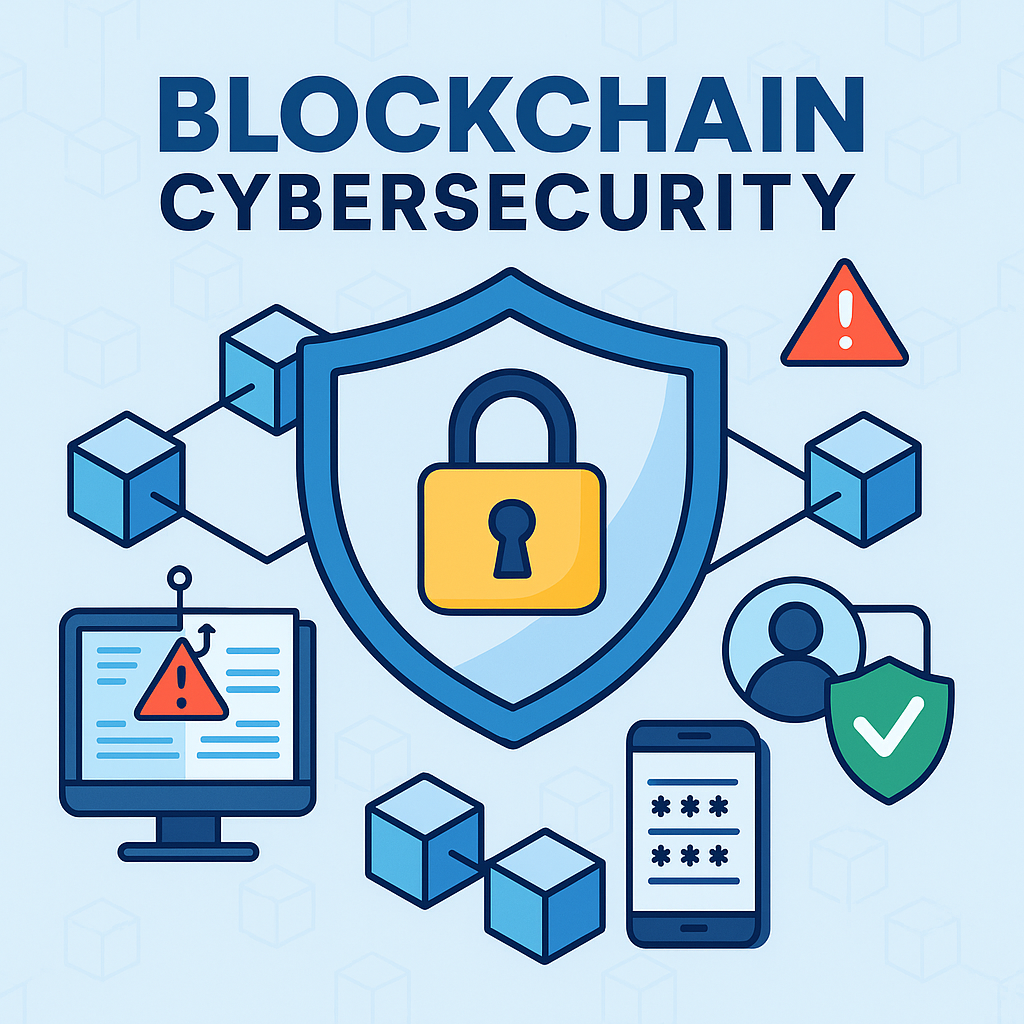Cybersecurity in Blockchain: Risks, Hacks, and Modern Solutions

Cybersecurity in the Blockchain Era: New Threats and Solutions
Blockchain technology has revolutionized the way we perceive trust, data integrity, and decentralization. Often praised for its immutability and transparency, it’s easy to assume blockchain is inherently secure. But here’s the uncomfortable truth: the rise of decentralized networks has brought a new breed of cybersecurity threats—complex, stealthy, and far-reaching.
While blockchain eliminates some traditional vulnerabilities, it opens the door to others. The most prominent? Smart contract vulnerabilities. These self-executing programs govern transactions and protocols in the Web3 ecosystem, yet a single coding flaw can result in millions of dollars lost. The infamous DAO hack and countless DeFi exploits are proof that bad actors don’t need to break the chain—they just need to outsmart it.
Another significant risk is crypto hacking through social engineering. Blockchain systems rely heavily on private key management. There’s no “forgot password” button in Web3. If a user falls victim to a phishing scheme or SIM-swap attack, access to wallets and digital assets can be permanently lost. Traditional cybersecurity training often falls short in preparing users for this unique landscape.
And then there’s privacy. Public blockchains, by design, make transactions visible to all. While this ensures transparency, it also opens the door to forensic tracking and deanonymization. The idea of pseudonymity is being tested by increasingly advanced analytics tools used by both governments and malicious actors.
So what’s the solution?
First, auditing smart contracts must become a standard, not a suggestion. Third-party audits, formal verification, and bug bounty programs help identify flaws before attackers do.
Second, decentralized identity systems (DIDs) can add a layer of security to user authentication, reducing reliance on vulnerable seed phrases or centralized exchanges.
Third, zero-knowledge proofs (ZKPs) offer a breakthrough in balancing privacy and transparency. These cryptographic protocols allow data validation without revealing the data itself—a game-changer for blockchain privacy.
Lastly, cybersecurity education tailored for blockchain users is crucial. The next wave of adoption won’t come from tech-savvy developers—it will come from everyday users. Making security intuitive and integrated into platforms is no longer optional.
Blockchain isn’t a fortress—it’s a frontier. And like all frontiers, it holds both promise and peril. As innovation pushes forward, security must evolve with it. Because in the decentralized world, there’s no central authority to save you—only the code, and those who protect it.